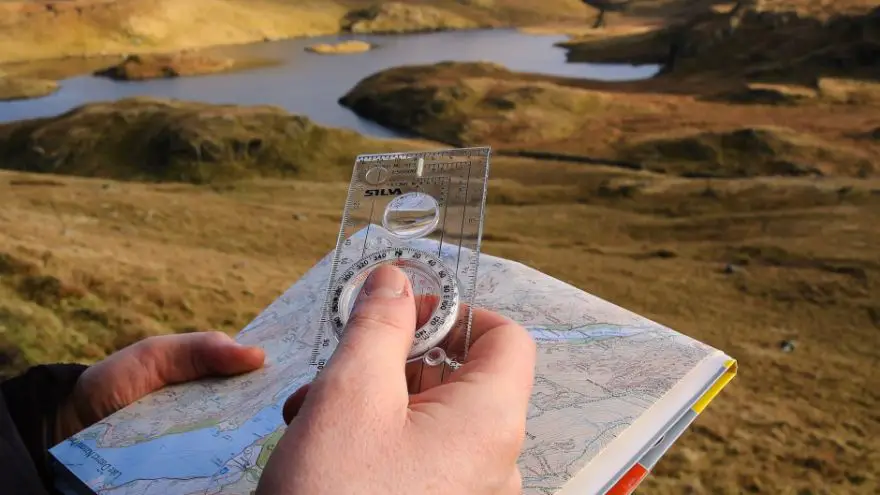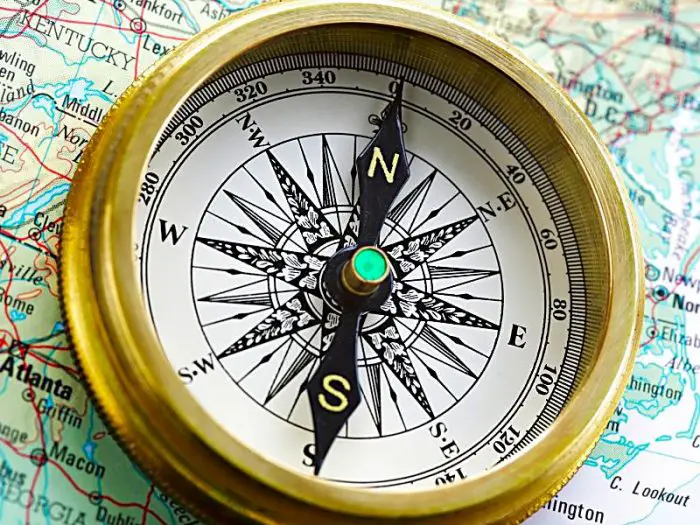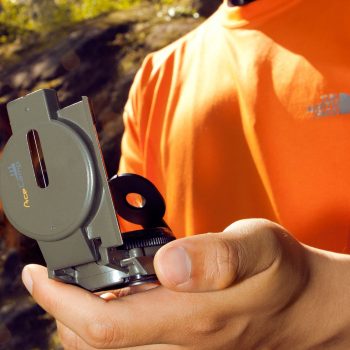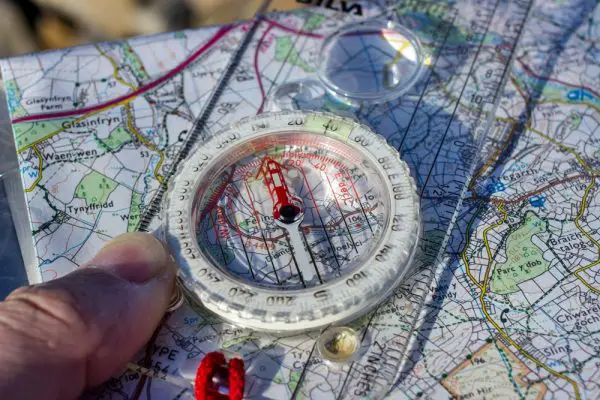Using a Compass to Your Advantage
 Using a Compass to Your Advantage
thegearhunt.com
Using a Compass to Your Advantage
thegearhunt.com
Having a sense of direction is possible with some learned skills at your disposal. However, to be accurate, certain tools need to be put to use and this is absolutely important for precision. The compass makes use of magnetic properties to provide the user with the needed directions at any point in time. Even when you have a Smartphone on you, the compass provides a precision that cannot be overlooked.
The compass will provide direction using the reading in degrees with the cardinal points known as North, South, West and East reflected. However, some directions are a hybrid of the known cardinal points, and by this, you might be in a position to locate points that combine the cardinal points. Any of the points between two cardinal points are identified using the two points merged in one. As a result, you can have South West, South East or North West.
Figuring out a direction
All the cardinal points have a relationship and this is the reason why it is easy to figure out a destination when you are able to pinpoint at least one of the directions. The earth offers its peculiar magnetic field that is picked up by the compass if you know how to use it.
While a Smartphone can be put to use in urban areas with ease, once you are in a far-flung place or some remote ragged edge of a mountain, the compass will be your best bet. On remote trails, you will have several trails cutting into each other, and while one might be so easy to pick, the other might not be so recognizable.

Hiking offers you a chance to hazard a guess as to the shortest cut to get to your destination or known starting point. This is also the danger as you can suddenly find out that you are in the middle of nowhere. Having the requisite skills to use a compass will help you get a way out when you hit a dead end. At such a time, your Smartphone is not able to provide you the direction you require and you will have an option to fall back on.
Safeguards
Many people who are on the trail recognize the need to use the compass after receiving an orientation from search and rescue teams. No one is expected to set out on a trail without a map and a compass in hand at every point in time.
As a first step, when you disembark from the truck and land in a remote region, make a sense of where you started from so that tracing can be easy. Look out for landmarks as you step out so that you can have a clear idea if you miss your way at some point during the hike.
 While the GPS will be knocked off if you drop your phone in water, your compass will still be able to tell you where to go even when you have exposed it to rain. The compass the hiker should buy must be one that can be read and figured out with no strains. The dial locations should be easy to read so that when the need arises, it can be put to use with ease.
While the GPS will be knocked off if you drop your phone in water, your compass will still be able to tell you where to go even when you have exposed it to rain. The compass the hiker should buy must be one that can be read and figured out with no strains. The dial locations should be easy to read so that when the need arises, it can be put to use with ease.
It is not easy to pick a compass and tell a direction if you have never been taught how to use it. While reading up its uses can be helpful, it is important to seat out a session so that you are able to grasp what to do and know what to expect. As a hiker, do not wait to step out into the wild before you handle the compass, practice sessions can help you while you are at home.
Locating a specific location
The compass helps with directions but when it is a specific location that the hiker is looking for, the help of a topographical map becomes indispensable. A topographical map can be procured from any ranger station and outdoor retailer.
The compass often has to be used alongside a topographical map as you can be able to spot the contours and the elevations that are present in a given land area. These tools give a hiker a better sense of certainty when heading out on the trail. The hiker needs a keen sense of the landmass at each time and the skill to put the available tools to use.
The hiker will be aided by a sense of calmness if the direction gets mixed up at any time. This will mean that the hiker should know where he is at each time and if this is not possible, stay calm and stop moving aimlessly. The wider the area the hiker ventures into, the more difficult it becomes for the search team to proceed on a rescue.
Orient a Map
To be able to use a map in a local condition, you need to orient it so that it can be aligned relative to the place where you are at the time. This will help you to have a right-pointing map that reflects the actual cardinal points on the ground and reality.

The compass can be put to use when orienting a map and what needs to be done is to make sure the compass dial is turned in the direction you are traveling. The magnetic needle does not have to be taken into consideration at this time and the compass should be placed on the map. This should be in such a way that the direction should be pointing northwards using the top end of the map as the pathfinder. So, the north on your compass should be same as north as indicated on your map.
You should hold your compass and the map in one grip with your body in slant until both get aligned with the compass needle and directional arrow showing same reading. When this is done right, the map orienting would have been completed and the hiker has no fear of a phantom reading on the trail.















